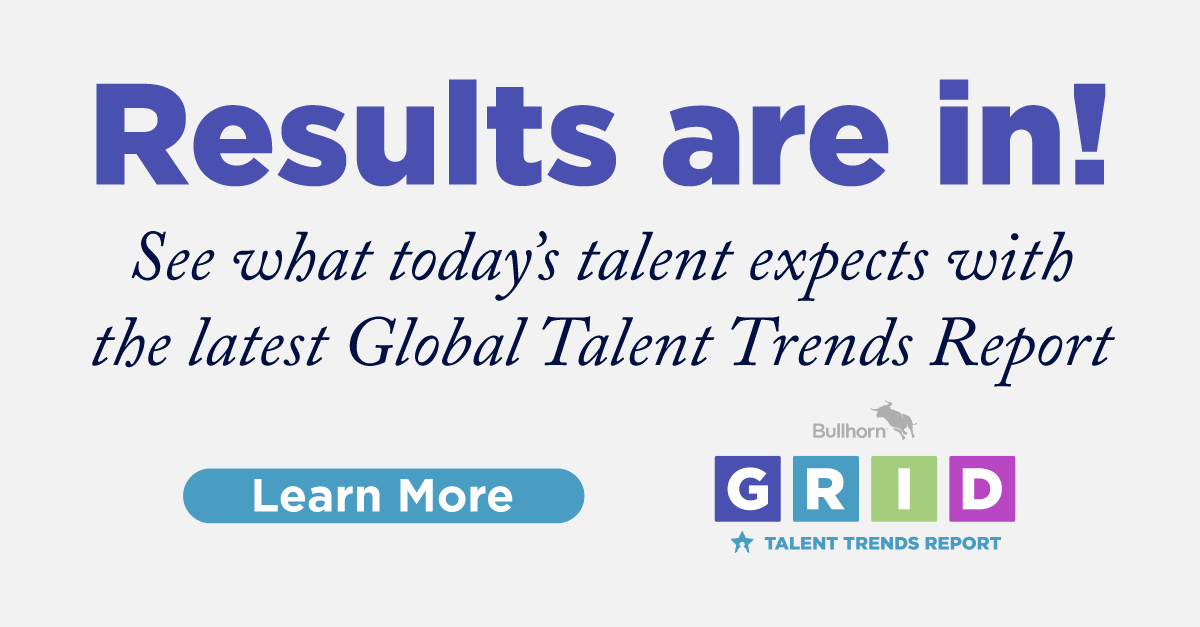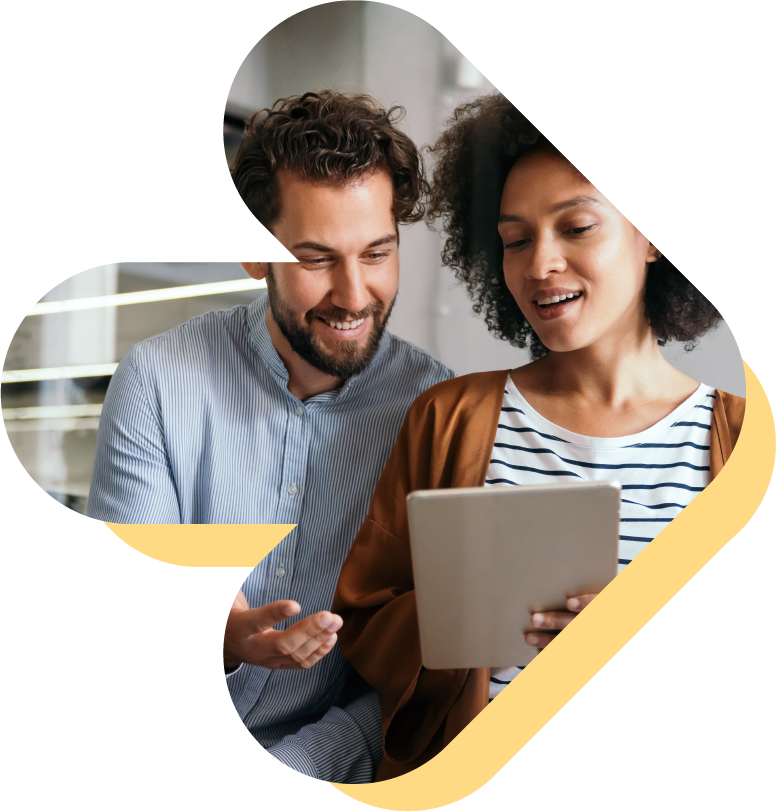4 Things You Need to Create Great Recruitment Reports

Reports are essential for understanding your business and discovering ways you can improve, but it’s also easy to take them for granted. For many recruitment professionals, reports are a “set it and forget it” affair. Your business is constantly evolving and it’s likely that your reporting needs have evolved too. When was the last time you audited the regular reports you run? Assess your reports with fresh eyes and ensure that it addresses these commonly overlooked reporting considerations.
Goal/Purpose
How often do you actually consider the reasons you run the reports you choose to run? For many recruitment professionals, the answer is, “Because we’ve always done it that way.”
Your reports should be serving a purpose. If you don’t know why you’re running a report, you can’t possibly optimise it to be more efficient. Determine the purpose of your reports, and then ensure that your reports are actually accomplishing that goal. Do you track candidates placed on a monthly basis because it makes sense to do so, or because it’s the default setting in your reporting solution? Is there a metric you don’t track that you should be tracking? Do you regularly collect data that you never use?
One fundamental question to consider before you build any report: Are you building reports to tell a story about what happened or are you looking to gain insights about what decisions to make next?
Audience
Is this report for yourself? An employee you manage? A boss? A company-wide presentation? To ensure that your report is accessible for your intended audience, ask yourself, “Would someone who didn’t build this report be able to decipher it?”
The data you want to display may also change depending on the audience of your report. Too much data in a shared report overwhelms the important data and obscures key takeaways. However, if you’re running a report to learn more about a certain subject, you may want to leverage more fields in your quest to get to the bottom of your question.
Time-Frame Models
Are you letting the default reporting settings dictate the time-frame model you use for your reports? If so, you’re missing out on a valuable tool for analysing and presenting your data. Time-frame models can tell radically different stories with the same data. Here are the three most prevalent models to consider:
Historic Model: Reports with a fixed start date and fixed end date.
Example: Candidates placed in February
Historic reports are best used for broad comparisons to previous months or quarters. “How did the gross margin this January compare to last January?”
Historic reports often provide much-needed context for data that would otherwise appear as an outlier. If you have a huge conference in October or if business routinely takes a dip during the holidays, it makes sense to compare the data from that time period to the equivalent period in the previous year.
The drawback of historic reports? Because these reports don’t utilise real-time data, they’re not ideal for spurring real-time decisions.
Rolling Model: Reports with a fluid start date and end date.
Example: Candidates placed in the last 30 days
Rolling reports allow you to make adjustments as soon as you detect them. Because you’re always working with the most recent data, rolling reports provide great insight into how your business is performing right now. You shouldn’t have to wait until the end of the month to make a change if you detect a problem you can address today.
X-to-date Model: Reports with a fixed start date and a fluid end date.
Example: Candidates placed since January 1st
Unlike most other reporting models, X-to-date reports are asymmetrical. A report tracking candidates placed since February 1st will have much more data in July than it will in February.
This makes them ideal for tracking goals and building a narrative. If your goal is to get to X number of new clients by the end of the quarter, X-to-date reports can illustrate your firm’s progress towards that goal in an exciting manner.
Presentation
Reports may be first and foremost about the data, but an ugly or intimidating report can undermine your report’s impact. As often as you can, present your data visually. Visual representations of your data (charts, graphs, etc.) make your reports more persuasive and accessible. They also may help you discover trends you may have overlooked. Dips or rises in a graph are easier to detect than in the raw numbers.
Presentation goes beyond an illustration of your data with charts and graphs. Your reports need to be intuitive, too. Are all the labels and fields in the report self-explanatory? Are there any terms that your intended audience won’t understand? If so, do you have a glossary of terms in your report? Reports are essential for understanding your business, but they’re also essential for disseminating information. A confusing or ugly report hinders your ability to do this effectively.
Start building smarter reports that will take your firm to the next level! Check out the new ebook, From Reporting Zero to Recruitment Hero: How to Build Reports to Better Run Your Business, for an in-depth exploration of these three reporting questions and the ways they can inform a better reporting strategy.



 Bullhorn’s marketplace of 100+ pre-integrated technology partners gives recruitment agencies the tools they need to build a unique, future-proof solution.
Bullhorn’s marketplace of 100+ pre-integrated technology partners gives recruitment agencies the tools they need to build a unique, future-proof solution.




